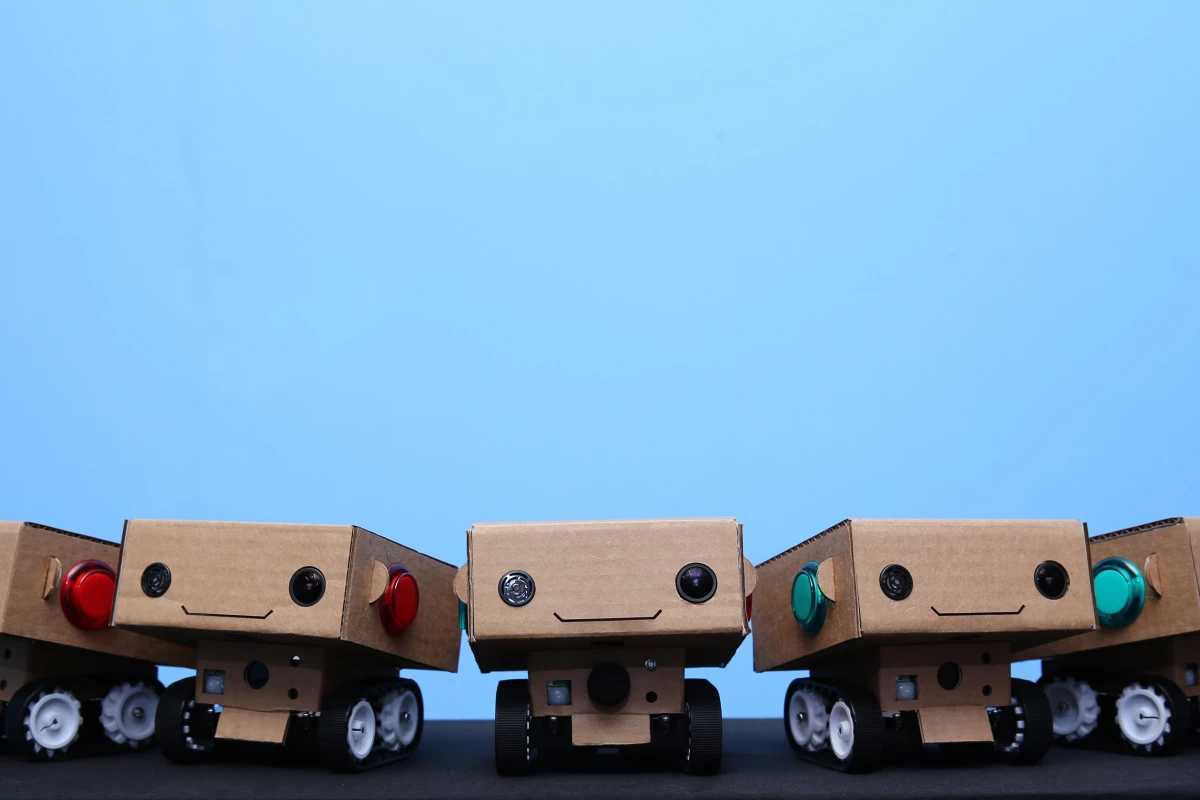Sure, robots do all kinds of useful work from exploring Mars to imitating baby sea turtles, but when was the last time you had a conversation with one? Developed by artist Alexander Reben and filmmaker Brent Hoff, BlabDroid is a “social robot companion” that was originally used at the Tribeca Film Festival to get visitors to open up and chat about things that they wouldn't say to a human being. This proved so successful that the little cardboard robot is now the focus of a Kickstarter project aimed at putting it into production.
BlabDroid exploits a well-known computer phenomenon called the “ELIZA” effect. In 1966, MIT computer scientist Joseph Weizenbaum noticed that people would treat the chatbot program he’d written, called ELIZA, as if it was a real human being. In fact, he found his secretary having intimate conversations with it. This said more about human beings than computers because ELIZA was a very simple algorithm linked to a database of keywords and preprogrammed responses that simply reworded what was said to it, or used vague filler sentences. In other words, when it came to intelligence, it really only existed in the minds of the users, yet they were quite content to act as if the computer was actually sentient.
BlabDroid ups the stakes by being a cute little robot with the voice of a seven-year old boy. BlabDroid is designed to ask personal questions, such as "What's the worst thing you've ever done to someone?" or "Who do you love most in the world?" When 20 of the robots were set loose at the Tribeca Film Festival in New York they elicited “inspiring meaningful interactions,” which will form an upcoming documentary. According to the developers, the experiment was so successful that the festival programmers haven’t returned the robots.
Based on this success, BlabDroid is now being presented on crowdfunding site Kickstarter in the hope of raising funds to bring it into production.
The most obvious feature of the BlabDroid is that it’s made out of cardboard, though the working bits are based on the Arduino platform. The original BlabDroid used at Tribeca had wheels and a camera, but the “starter” BlabDroid, which will be the first offered for sale, will lack these and only have buttons for sensors. However, users can install their own cameras and the developers hope that camera manufacturers will offer hardware support. Later versions may have other functions depending on available technology and cost.
The developers feel that where BlabDroid’s real strength is in its customizability. It can pair with a smartphone using Bluetooth and is said to be compatible with a range of apps, such as Siri and Spotify, so it can potentially act as everything from an alarm clock to a navigator to a personal assistant. The platform is also intended to be very hackable, so users can either download apps and “questionpacks” or make and share their own to “help you explore your own thoughts about current life.”
Working in partnership with creative digital agency, Sideblow Inc., the BlabDroid team is hoping to raise US$75,000 by June 2 to develop the robot for production and worldwide distribution.
The video below shows BlabDroid in development.
Source: Kickstarter





